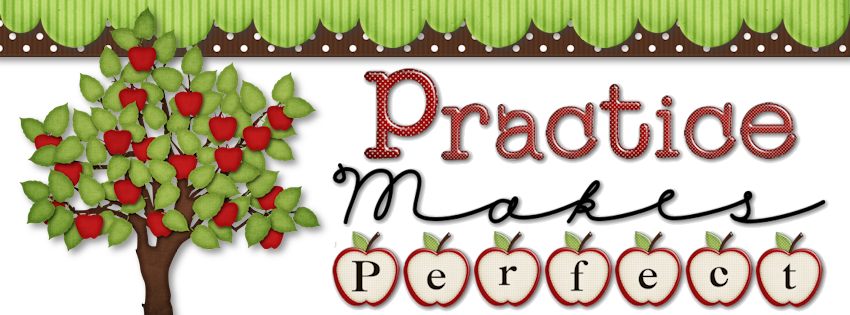Cinco de Mayo is a special holiday celebrated in Mexico and the United States on May 5th every year. It commemorates the Mexican army's victory over the French at the Battle of Puebla on May 5, 1862. Here's a resource for primary grades that can make learning about this holiday fun and engaging for young students.
You can start with this short 8-minute video explaining Cinco de Mayo.
Then you can use the activities in this downloadable activity pack that includes a variety of fun and educational resources to help children understand the history and cultural significance of Cinco de Mayo. The pack includes a stack and staple informational text with embedded text-dependent questions that students can read and answer to learn about the holiday.
The pack also includes a Cinco de Mayo fiesta acrostic poem craftivity that allows students to write their own poems using the letters in the word "fiesta." This activity is a fun and creative way to teach language arts skills while also learning about the holiday.
Finally, the pack includes a color-by-Spanish-color-word activity that teaches children Spanish color words. The activity also comes with a reference chart for color words to help students learn and review.These activities mentioned above are excellent tools for teaching young students about Cinco de Mayo. They are are engaging, informative, and culturally relevant. With this resource, students can have fun while learning about the history and significance of Cinco de Mayo.







